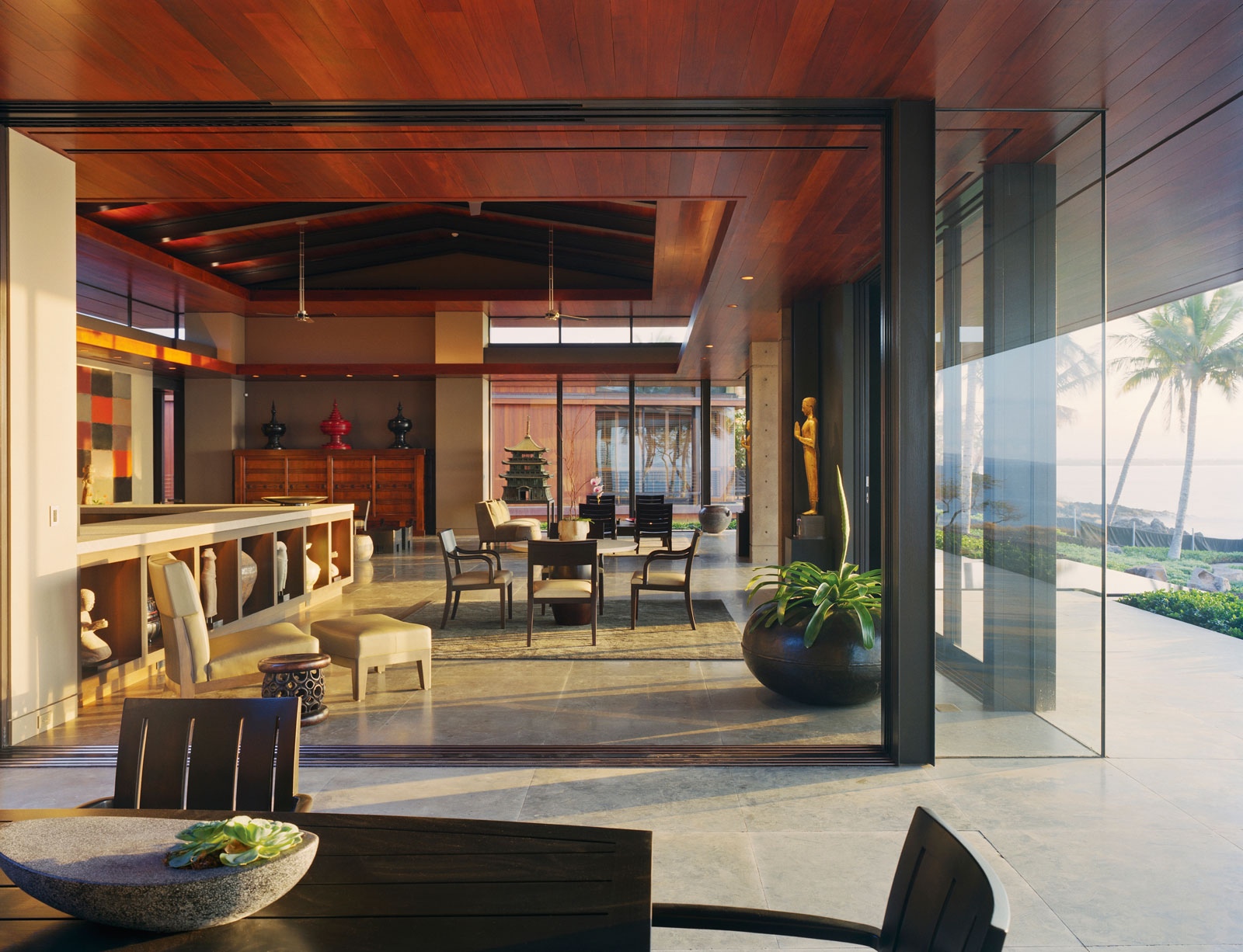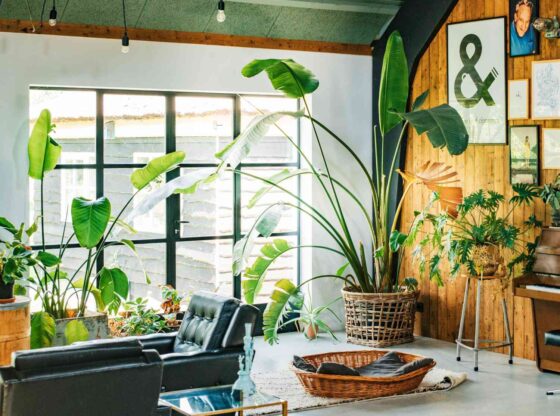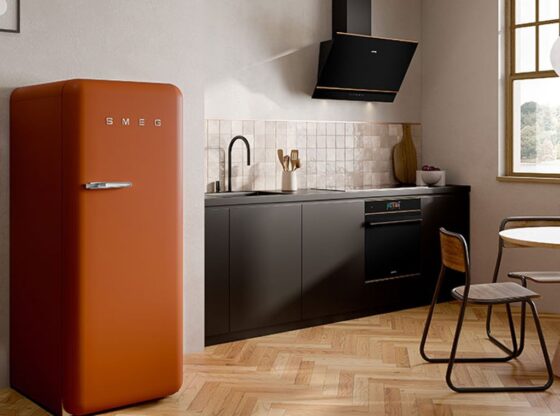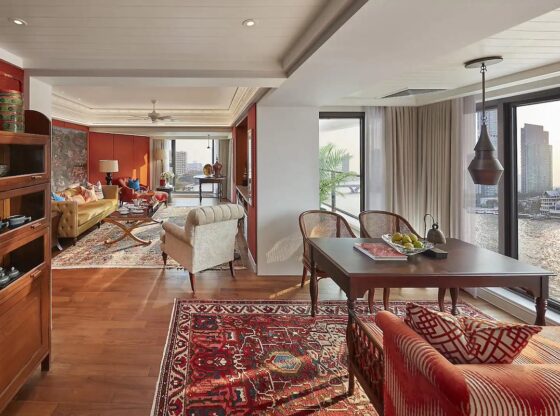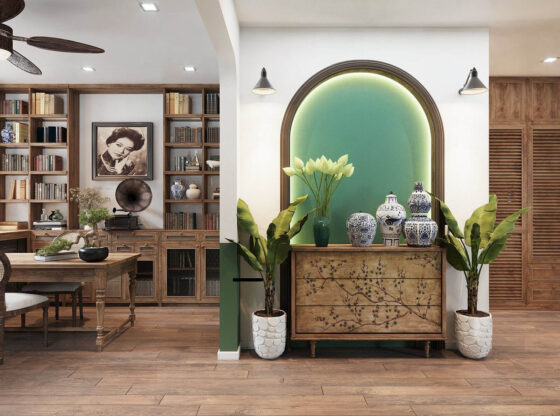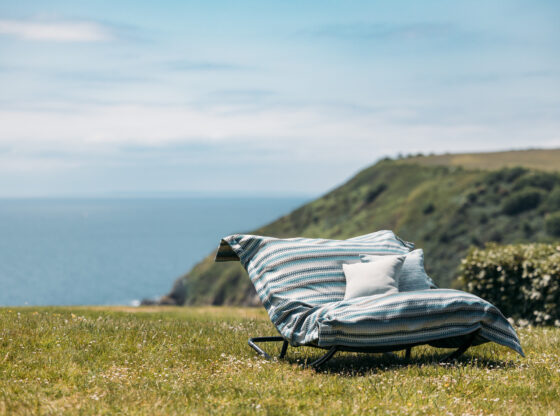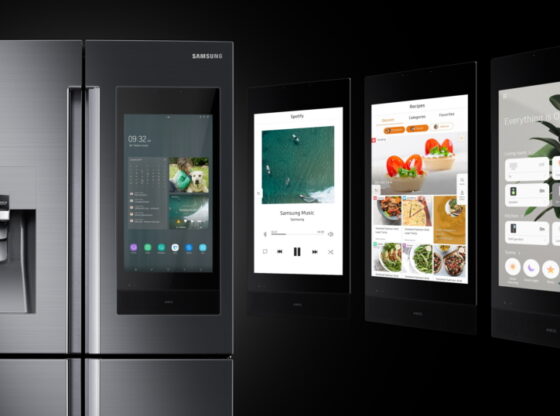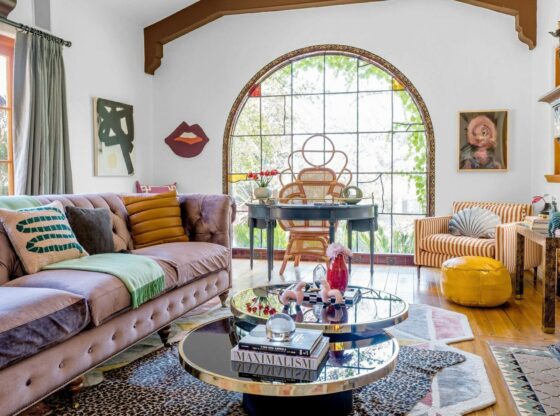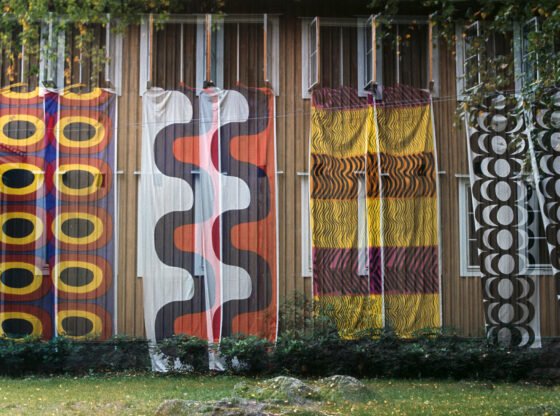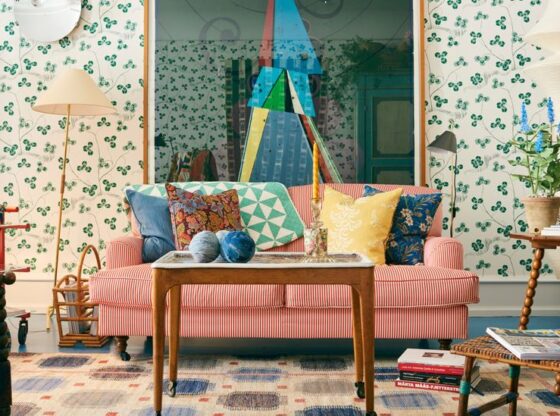![]()
Most of us approach interior design of our homes away from home here in Thailand with a whole lot of preconceived notions about how things should look.
We drag our old ideas of what looks good with us without considering the availability of different materials, designs and especially how life is lived here. But, once we arrive and open our eyes, a whole new world of colors, textures and materials comes to life.
Possibly we are also hauling around many misconceptions and prejudices about Asian interior sensibilities.
Ornate woodwork adorned with dragons and gold leaf, paper lanterns, uncomfortable lacquer furniture, and garish colors we’d never imagine living with fill our heads with stereotypical nonsense.
In fact, most of what many of us consider “Asian” design is the stuff of Hollywood Kung-Fu movies or cheesy Chinese restaurants from back home.
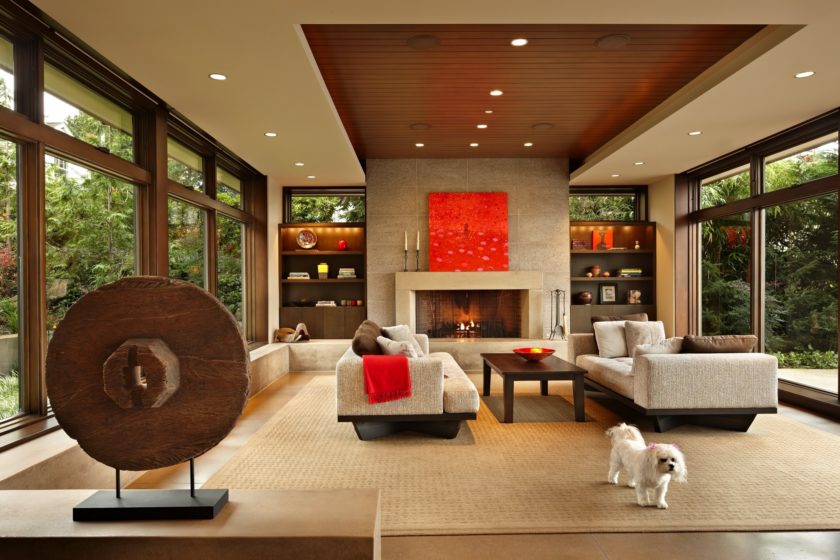
The style and feel of interior designs here in Southeast Asia are thankfully quite a departure from those old notions.
Availability of beautiful hardwoods like teak and mahogany create classy and warm atmospheres. Natural stone we consider exotic like slate and marble are plentiful.
Fabrics whose price tags would make use cringe back home, like silk and batik prints are completely affordable. And vibrant colors like Chinese reds and saffron yellow seem right at home in our new abodes.
Many a newcomer to the region embraces Asian design, incorporating it into their overall look.
Sadly, the biggest mistake is to “over Asian” your place.
I have witnessed quite a few of my fellow countrymen from the USA dive hip deep into Asian design purchasing an entire houseful of furniture and art in a frenzy.
I don’t think this is specific to my particular country, but we do tend to want everything perfect and “matchy-matchy” all at once. The end result is contrived and hotel-like. I can’t for the life of me figure out why a foreigner would need 9 Buddha statues in their home.
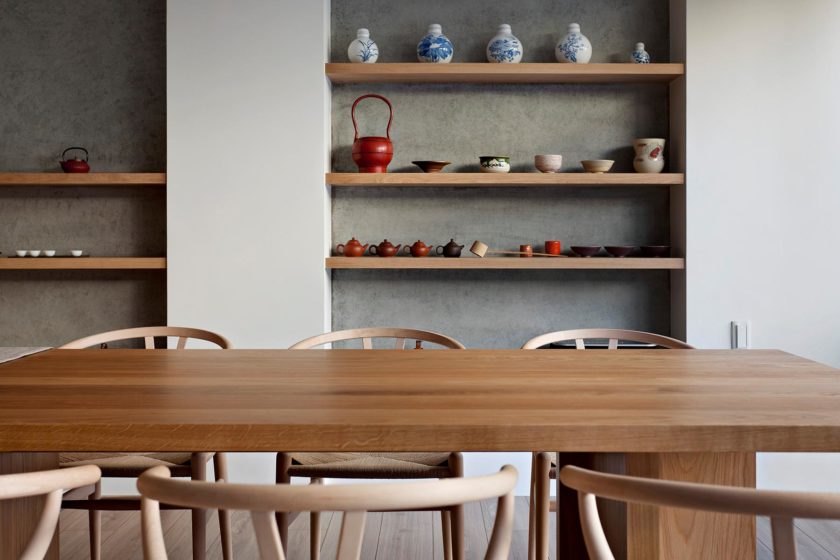
So, how do you get it just right?
How do you pay homage to the local culture without overdoing it?
Patience, restraint and a little self-introspection is the answer to those questions.
When you see a room that you like, ask yourself what it is that has caught your eye.
Is it the color?
Is it the lighting?
Is it one particular piece of furniture?
The path of least resistance would have you just “taking it all”, but give yourself enough time and you’ll find things you don’t like about it
A personal example I can give occurred with me here in Pattaya.
Anyone who has been to the posh restaurant on the north end of Beach Road called Mantra has witnessed their slick interpretation of Asian flair. Upon on entering the lounge area my breath was taken away by the use of bold Asian colors coupled with cool modern shapes.
I was especially drawn to the “Sultan’s Table” circular lounge with its decadent appeal. Any self-respecting harem keeper would be envious of this set up.
Over a few martinis, I perused the room and began to start ruling things out.
That coffee table is just too low; those Chinese horse sculptures don’t appeal to me; those chairs look uncomfortable; I really don’t like all that drapery… etc, etc. By the time my third drink came (or maybe it was the fourth), I figured out that I really liked was the cluster of lamps hanging over Sultan’s Table.
I took a picture of them with my phone, researched them on-line and found out they are replicas of old train lamps of Indian origin.
A month or so later I found a shop that sold them in Bangkok and now they are perfect additions to my own version of Asian flair.
Every time I see them it gives me the same other worldly feeling I got the first time I walked into Mantra … but my house doesn’t look like a restaurant.
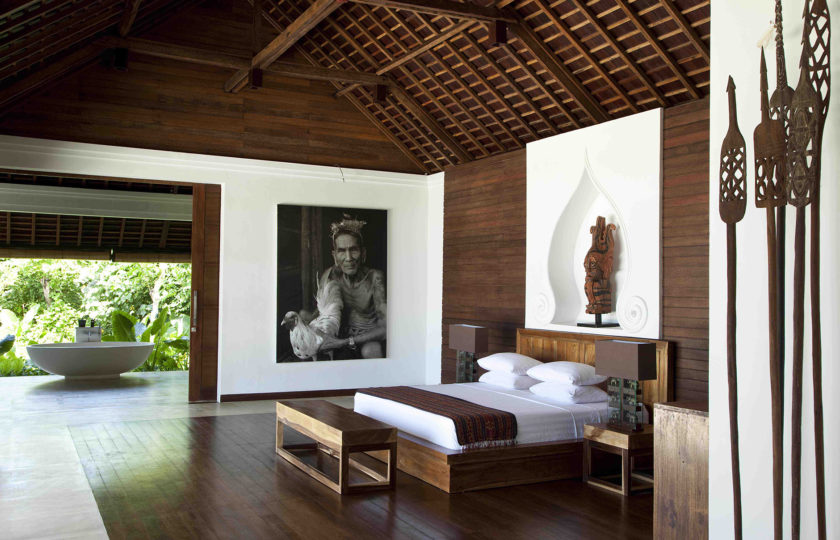
Another aspect of Asian flair is to determine what it is about a room, a piece of furniture or a work of art that makes you think it’s Asian in origin.
Any room with an oriental rug will look Asian even if all the other décor is a different style. A piece of furniture made in teak will seem Asian even if the shape and style are not. And certain pieces of artwork automatically conjure an Asian feel.
There are many examples of images that push the “Asian button” in our brains. Naturally, religious images like Buddhas and good old Ganesh take us to that Asian place. And, you don’t have to be a Buddhist or Hindu to appreciate their appeal. I have a big seated Buddha that has travelled the world with me.
I cannot imagine my home without gazing on his serene face every morning.
Lacquer ware and koi images also bring out the Zen lover in most of us.
Last year I found a batik print maker in Chiang Mai with incredible pieces. They are inexpensive, available in a dazzling array of choices and most importantly, authentic and locally made.
Again, the key with this kind of décor is restraint.
Just because you like a particular lamp doesn’t mean you have to buy four of them. I understand you really like that watercolor painting of koi, but you don’t really need one in every room. Overdoing an item means you dilute the effect.
Figure out why you like it and put it where it has greatest effect.
Perhaps the most important tool you can use to create Asian flair is color. Where I come from everything is beige and cream. Yeccch! It seems to me people decorate their home so as not to offend anyone.
A red room feels warm … a blue room feels cool … a beige room feels … well … beige. If you are going to feel at home here in the Caribbean of Asia, you had better get over your fear of color. Deep masculine reds, soothing warm ochre yellows, and greyish greens so mellow they slow your heart rate are the colors of Asia.
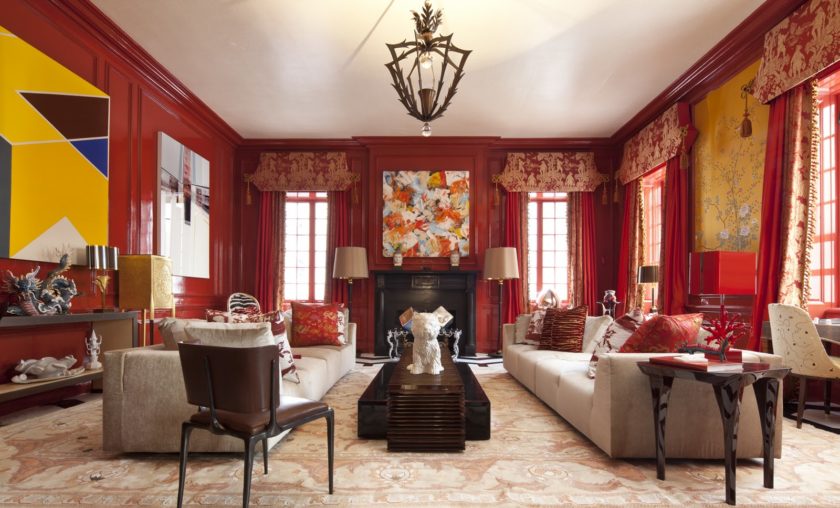
And you don’t have to stick to old world Asian hues; there are many progressive treatments as well.
Somewhere in the world, the high priests of design set the trendy colors for the year. One year it was a deep tangerine color and the year before it was purple.
Asian designers have put their own twists on these trendy colors, placed them in an Asian theme and “voila”, Asian Modern is created.
The key to a color being “Asian” is the saturation. Put simply, they don’t wash anything out. Nothing is faded or muted … its pure color.
One more time, the “R” word rears its sensible head … restraint. While it is perfectly acceptable to paint an entire room Chinese Red, you might create a more livable affect just doing it on one “accent” wall. If you aren’t keen to use bright colors on walls, do it with pictures, rugs or selected artwork.
Remember, you direct people’s attention with color. Just like birds are attracted to shiny objects, we simple humans immediately look at the brightest color in the room.
Visitors to your home are under your design control and it is your duty to give them a proper tour. Asian colors change the temperature of rooms drastically and scream out “look at me”. Don’t overdo it or guests in your home will be confused, distracted and quite possibly get a headache.
Perhaps the proper way to approach adding Asian flair to your design motif is to take direction from the prevailing religion in this region.
The goal of followers of Buddhism is to live a “mindful” life.
Don’t just grope at a design element because you like the way it looks. Ask yourself why you like it, how it makes you feel and how it will fit into your home.
Pay attention, have some patience and for Buddha’s sake … have some restraint.
By Bart Walters


